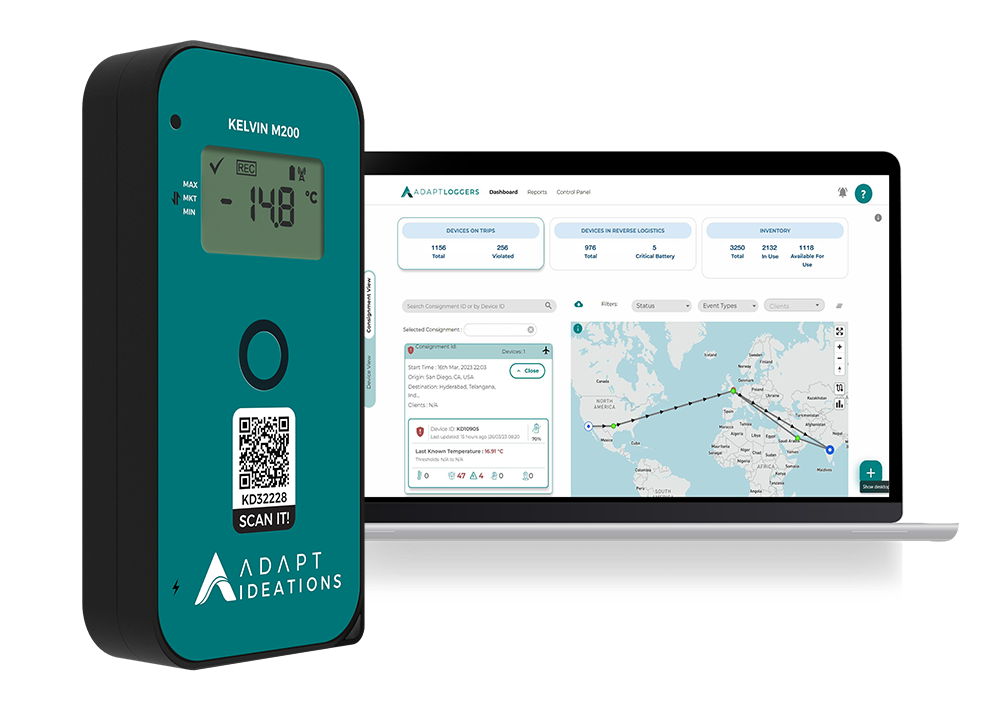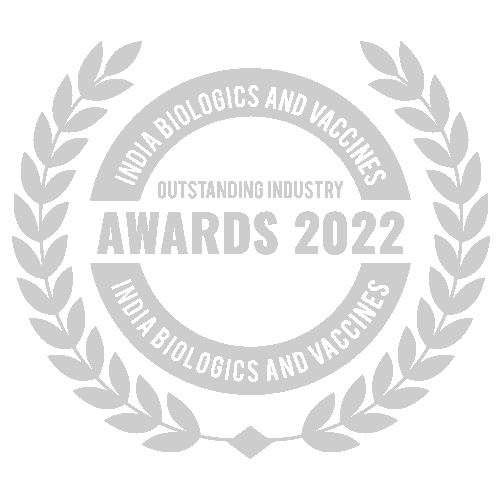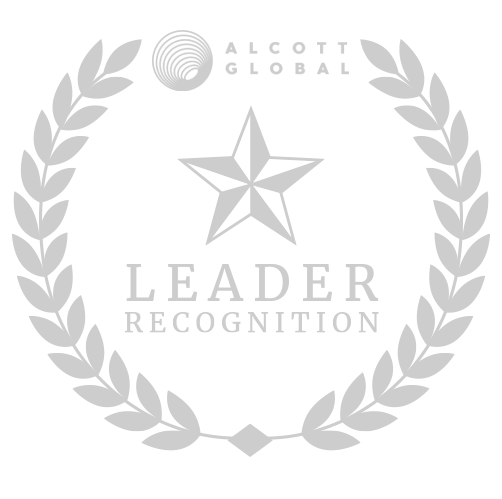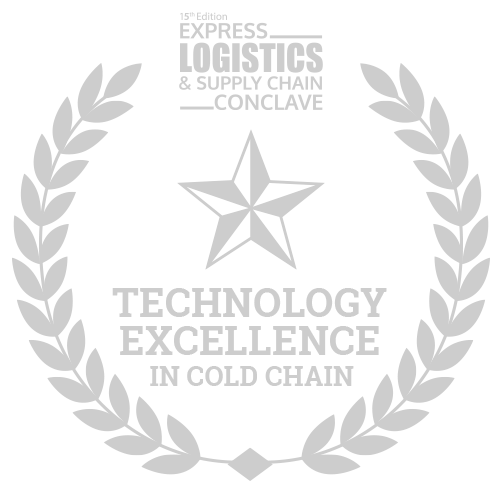Mitigating Supply Chain Disruptions: Lessons from Global Events
In today's interconnected world, supply chain disruptions have become an undeniable reality for businesses worldwide. From the relentless waves of the COVID-19 pandemic to the ongoing conflicts, the global supply chain has faced unprecedented challenges. In this blog, we delve into the lessons learned from these events and explore the pivotal role of real-time visibility in mitigating supply chain disruptions.
Businesses must prioritize supply chain resilience to weather unforeseen events. The ability to adapt swiftly to disruptions ensures continuity and minimizes the impact on operations. As we navigate through global events, understanding the dynamics of supply chain disruptions is crucial. From natural disasters to geopolitical tensions, businesses must be prepared for anything. A key solution emerges in the form of real-time visibility. This allows businesses to proactively identify potential disruptions and take swift measures to mitigate their impact.
Supply Chain Disruptions: A Global Perspective
The Impact of Ongoing Conflict in Ukraine on Global Supply Chains
1. Insights from the World Economic Forum Report
The World Economic Forum sheds light on the outsized impact of the Ukraine conflict on the global supply chain. The report underscores the need for businesses to be vigilant and prepared for the ensuing disruptions.
2. Ripple Effects and Catastrophic Food Shortages
The ripple effects of geopolitical tensions extend beyond disrupted supply chains. The escalating fueling costs, product shortages, and devastating food crisis triggered by the ongoing conflict have become a major headache for businesses worldwide. The multifaceted challenge is putting their survival at stake and leaving them with no choice but to find innovative ways to cope with the situation.
While the Ukraine conflict dominates headlines, other global events, such as natural disasters and geopolitical tensions, also leave lasting imprints on supply chains. Businesses must navigate these complexities to ensure continuity.
Lessons from Major Events
Lesson 1: The Need for Contingency Plans
Contingency plans are the foundation of a resilient supply chain. Businesses must anticipate potential disruptions and formulate strategies to mitigate their impact.
Lesson 2: Role of Real-time Visibility
1. Technologies Enabling Real-time Visibility (IoT, Blockchain, AI)
Real-time visibility is empowered by cutting-edge technologies such as the Internet of Things (IoT), blockchain, and artificial intelligence (AI). These technologies allow businesses to monitor inventory levels and track products in real-time, offering a proactive approach to disruptions.
2. Deloitte's Insights on Supply Chain Resilience
Deloitte emphasizes the role of real-time visibility in building supply chain resilience. Their insights provide a roadmap for businesses seeking to navigate disruptions effectively.
3. Linking Real-time Visibility to Mitigating Disruptions
Real-time visibility is not just a technological solution; it's a strategic imperative. The ability to identify, analyze, and respond to disruptions in real-time is the key to minimizing their impact.
Technologies Empowering Supply Chain Resilience
Internet of Things (IoT)
1. Tracking Products and Shipments
IoT revolutionizes supply chain management by providing real-time tracking of products and shipments. This level of visibility is essential for swift decision-making in the face of disruptions.
2. Monitoring Inventory Levels
Efficient inventory management hinges on real-time monitoring. IoT enables businesses to optimize their inventory levels, reducing the risk of shortages during disruptions.
Blockchain and its Role in Ensuring Transparency
Blockchain technology ensures transparency and traceability in the supply chain. The decentralized nature of blockchain minimizes the risk of data tampering, providing a secure foundation for supply chain operations.
Artificial Intelligence (AI) for Predictive Analytics
AI-powered predictive analytics enables businesses to foresee potential disruptions before they occur. This proactive approach is a game-changer in the quest for resilient supply chains.

Collaboration and Communication Strategies
Collaboration is paramount during supply chain disruptions. Businesses must foster strong ties with suppliers, customers, and stakeholders to collectively identify risks and develop effective contingency plans.
Effective communication is the linchpin of successful contingency planning. Timely and transparent communication ensures that all parties are informed, enabling swift and coordinated responses to disruptions.
Conclusion: The Way Forward
The journey through the intricacies of supply chain disruptions has unveiled crucial lessons. Contingency planning, real-time visibility, and collaboration stand out as pillars of resilience.
Real-time visibility emerges as a linchpin for supply chain resilience. Businesses must embrace this technology to proactively navigate disruptions and secure their operations.
The path to a resilient supply chain is paved with advanced technologies. Embracing IoT, blockchain, and AI is not just a choice but a necessity for businesses striving for operational excellence.
We at Adapt Ideations offer KELVIN IoT Monitoring Track and Trace Devices for real-time visibility during transportation and PIXEL Temperature Data Loggers for cold storage, ensuring compliance and sustainability.
As we navigate the complexities of global events, the lessons learned underscore the vital role of real-time visibility and collaboration. Embracing advanced technologies is not just a choice; it's a necessity for businesses striving for resilience and efficiency in their supply chain operations. Discover the transformative power of Adapt Ideations' solutions today.
Share Our Post.
Awards & Recognition

Best Temperature Monitoring Solution Provider
Awarded by India Biologics & Vaccines Outstanding Industry Awards 2022

Adapt Ideations Recognised As A Supply Chain Leader
by Alcott Global on Supplify's Supply Chain Tech Map 2.0

Related Articles.










